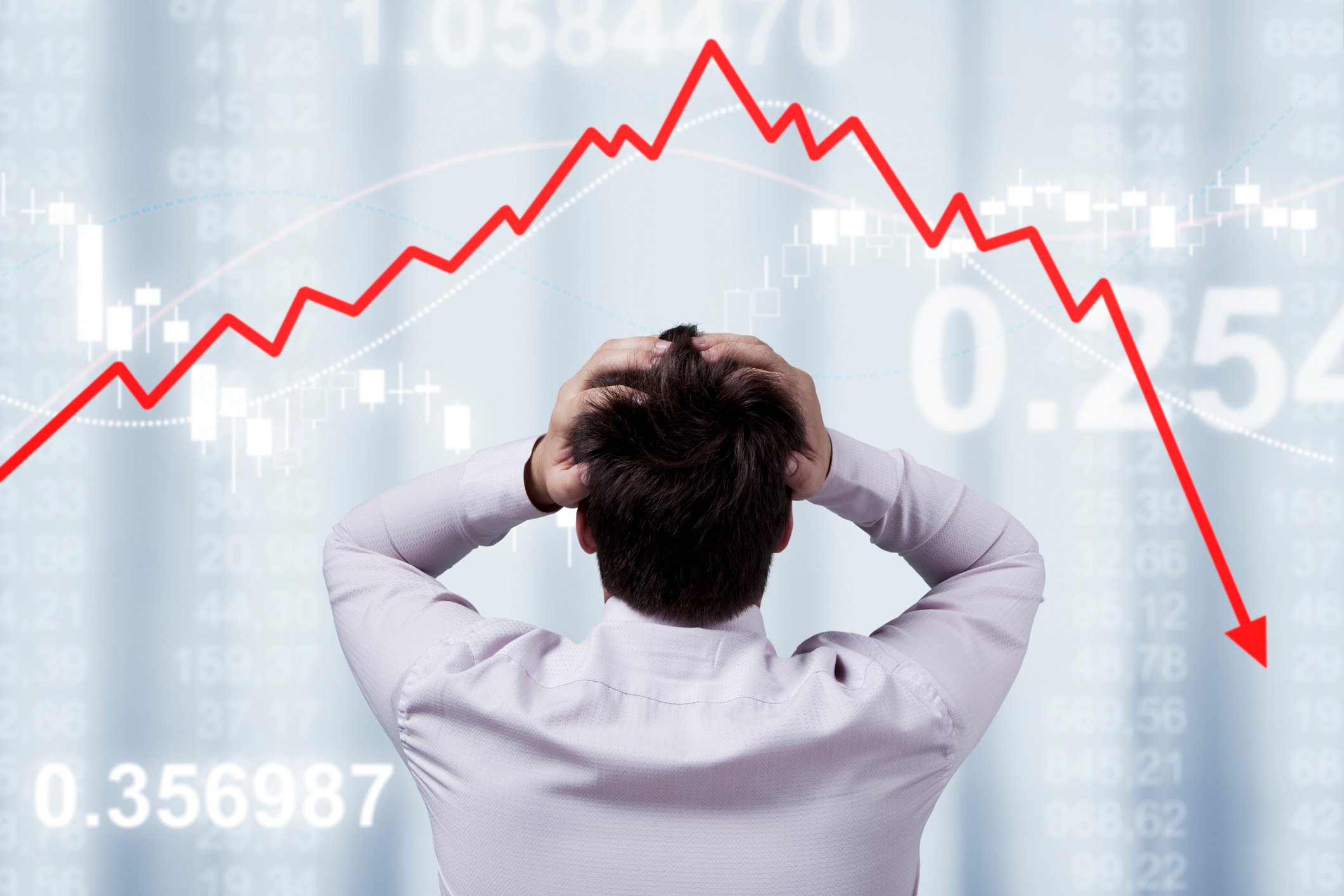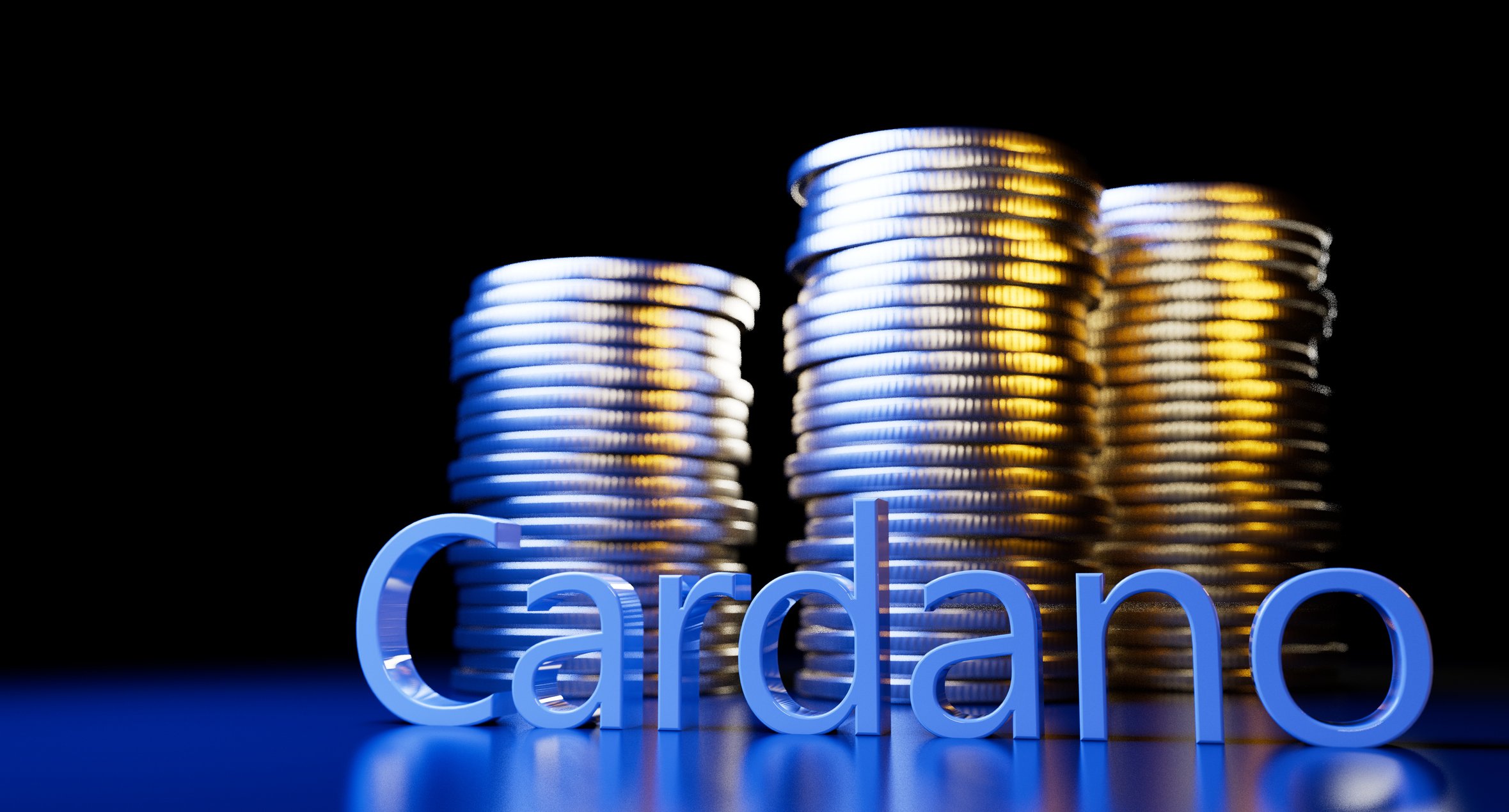On paper, Cardano (ADA 2.28%) has it all. It's a well-thought-out, peer-reviewed cryptocurrency project with considerable potential. Consumers should feel as if they can trust it with their money, secure in the knowledge that the wheels won't fall off. But in real life, Cardano struggles to attract users to its ecosystem.
Price-wise, it hasn't regained its momentum after peaking at $3.10 over four years ago. As of Nov. 24, Cardano was trading at $0.43, down about 58% year over year . Is it a dying project? Or one that's on the verge of a breakout? Here are three things you need to know.

Image source: Getty Images.
1. Cardano has an image problem
Let's face it. Cardano is not very sexy. If it were a large homebuilding company in the S&P 500, that wouldn't matter. Unfortunately, in the crypto world, it does. Right now, Dogecoin has a bigger market cap -- perhaps because the cute dog and fun memes won people's hearts. Cardano simply lacks the same appeal.

CRYPTO: ADA
Key Data Points
Cardano does things slowly and stress tests its upgrades before implementation. In the fast-moving world of cryptocurrency, that rigor can be a drag and cost it market share. It has also struggled with governance issues. Disagreements between key stakeholders have slowed progress in key areas. Case in point? It didn't launch smart contract functionality until 2021, at which point, Ethereum had been running them for years.
Don't get me wrong, Cardano does have a loyal community of investors and network participants. It also has its fair share of critics. Co-founder Charles Hoskinson excels at breaking down complex blockchain concepts and engaging with his audience through YouTube and social media posts. However, Hoskinson's communications are not to everyone's taste. They are often detailed explanations aimed at fostering discussion and building consensus. It's about as far from clickbait as you can get.
2. Cardano's total value locked is going down
Total value locked (TVL) is a useful metric when analyzing cryptocurrencies. It shows how much money is locked in applications on a project's ecosystem. For smart-contract cryptos, it is a way to see how many people are using the blockchain's decentralized finance (DeFi) apps.
This year, competitors like Ethereum and Solana have increased the amount of funds in their ecosystems as they successfully capitalize on the surging interest in stablecoins and DeFi. In contrast, DefiLlama data shows Cardano's TVL has decreased. It peaked at over $720 million in December 2024, and as I write this, it stands at around $219 million.
TVL isn't everything. And Hoskinson argues that the way TVL is measured on DefiLlama doesn't tell the whole story. He says it doesn't include Cardano staking, which would make a considerable difference.
That aside, other metrics can also be helpful in understanding an ecosystem. For example, Cardano's staking ratio -- the percentage of holders who stake their ADA tokens -- is 59%, which is a strong figure. For comparison, Ethereum's is 30%, according to StakingRewards.com. Cardano's also never experienced any downtime, which counts for a lot.
3. Don't write Cardano off -- it still has potential
We may look back on 2025 as the year cryptocurrencies truly went mainstream, driven in part by a pro-crypto administration in the U.S. and clear stablecoin legislation. There are no guarantees, and we shouldn't forget that giants like Bitcoin and Ethereum accounted for a large proportion of the market gains. Even so, as the market matures, Cardano's compliance-friendly security-focused approach may find its niche.
In addition to broader crypto market movements, the community has high hopes for its privacy-focused Midnight sidechain, set to launch next year. Hoskinson believes it could address many of Cardano's historical issues, not least by fostering partnerships. On a recent podcast, he explained that the Midnight team had signed over 100 partnerships -- including notable names such as Brave and Google Cloud.
Many public blockchains are designed to be transparent. Transactions are anonymous, but users can see the movement of funds from one address to another. That could make companies reluctant to make on-chain transactions, as people could see their payroll or other sensitive payment information. Midnight offers a solution to this by offering what it describes as "programmable data protection." It could play an important role as individuals and companies adopt blockchain payments.
Cardano is in a transition period
I have long-term holdings in Cardano because I believe in its potential and appreciate its values. There aren't many blockchain projects that aim to utilize the technology to create a positive impact on the world. However, it is frustrating to see other projects hitting it out of the park while Cardano stumbles.
All cryptos carry risk, and it is important that they only make up a small percentage of your portfolio. Nonetheless, the launch of Midnight might be what's needed to reignite the Cardano engine. It will address many of Cardano's challenges and could help people to see the somewhat awkward crypto in a new light.










